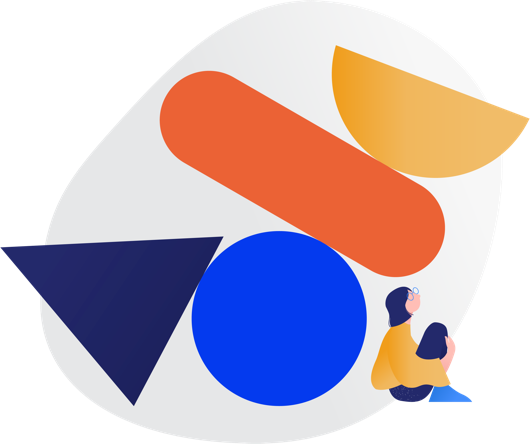Islamic Heritage in Europe
ExhibitionSectionBannerIslamicHeritage

Islamic Heritage in Europe
Today's world would be very different without the impact of Islamic civilisation on Western science, mathematics, and medicine. With the spread of Islam, Muslim scholars came into contact with a rich and diverse heritage of Greek philosophical and scientific texts. Many of these works were translated into Arabic, studied, and enhanced, making Arabic the most important scientific and intellectual language in the world. This process of translation also preserved knowledge that might otherwise have been lost forever. Aside from translation, Muslim scholars also made numerous and significant contributions that advanced the fields of mathematics, astronomy, chemistry, engineering, and medicine, far exceeding anything known in Europe at the time. From the eleventh century, in tandem with the Crusades and a nascent cultural and economical revival in the West, European scholars began to translate Muslim scientific texts into Latin, and transmitted printed copies to the scholarly capitals of Europe. By the 16th century, the growing market for translations of newly discovered works in Arabic was also accompanied by an interest in the philological pursuit of Arabic, which offered a path for Europeans to reconnect with Eastern Christian communities and trade in the Muslim world, and develop a deeper understanding of Arabic knowledge, language and culture. The printed books on display here, many of which were produced using sophisticated Arabic moveable type, illustrate the breadth and depth of European scholarship that was transformed through engagement with the Muslim world, encompassing a broad range of translated scientific treatises, medical compendia, and Arabic grammars.MbrlExhibitionFeatured
Exhibition_Landing_Featured_Item_Title
Some of our Featured Collectables. View the latest items
.
There are 0 collectables

